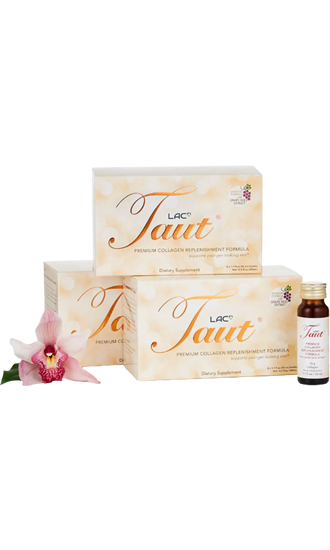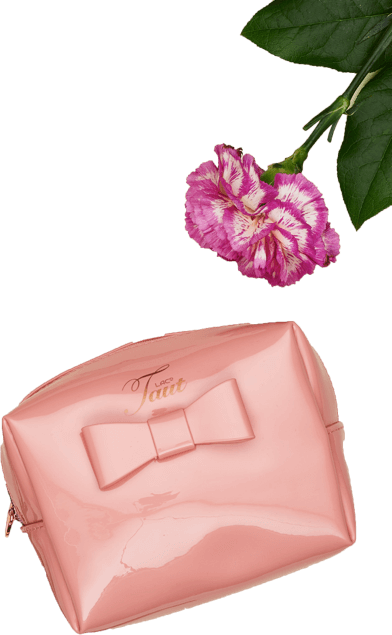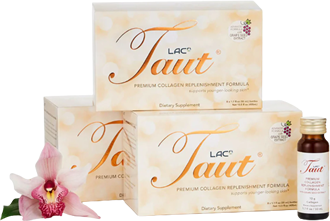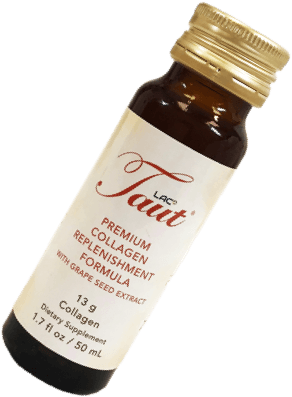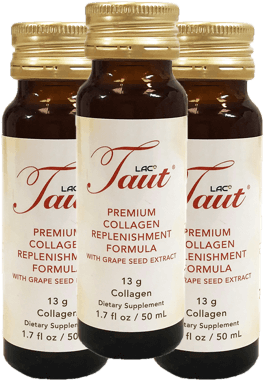Can Age Spots Get Bigger Over Time?

Have you ever noticed a small brown spot on your skin and wondered, "Can age spots get bigger over time?" You're not alone, and it's a great question!
The short answer is yes, age spots can get bigger, especially with continued sun exposure and time. But don’t worry, our team at RenewSkin Co™ is here to help you understand why this happens and what you can do about it.
Whether you're just starting to notice a few spots or looking for ways to prevent new growths from forming on your skin, you’re in the right place. Let’s break it all down together.
What Are Age Spots?
Age spots, also called sunspots, liver spots, or solar lentigines, are those flat, dark patches that tend to show up on your skin as you get older. Despite the name, they don’t have anything to do with your liver. These spots are actually the result of exposure to ultraviolet light, whether that be from a tanning bed or time in the sun.
Over time, UV radiation speeds up melanin production in your skin, which can lead to those darker patches. They usually appear on the areas of your body that get the most sun, like your face, hands, arms, and shoulders. While these benign spots are usually completely harmless, many people choose to fade or remove them for cosmetic reasons.
You’ll usually recognize age spots because they tend to be:
- Flat and painless
- Round or oval in shape
- Tan, brown, or even black
- Not itchy or irritated
- Clustered in one area
It's important to pay attention to any new growths or changes on your skin because of the potential melanoma risk. If you notice unusual skin changes, asymmetrical growths, odd-colored spots, moles changing shapes, raised skin, or anything else out of the ordinary, you should call your doctor.
Types of Age Spots
Can age spots get bigger? Well, first you need to understand that not all dark spots on your skin are the same. Here are a few common types of age-related spots and how to tell them apart:
- Lentigines: These brown, flat patches appear on spots of your skin that are often in the sun. They’re usually harmless and develop over time due to UV exposure.
- Seborrheic keratoses: These spots often look waxy, scaly, or slightly raised and can range in color from light tan to black. While they may look concerning, they’re benign skin growths that become more common with age. They can also be linked to genetics.
- Cherry hemangiomas: These are small, bright red or purple bumps made up of blood vessels. They’re usually painless and non-cancerous, but their vivid color can make them more noticeable.
Do Age Spots Grow Over Time?
So, can age spots get bigger? Yes, they can definitely grow over time.
While they often start as small, flat, light brown patches, they can gradually darken and expand in size, especially with continued exposure to the sun or other sources of UV light. This is because the underlying cause of age spots (excess melanin production triggered by UV damage) continues to build up in your skin if left unprotected.
The growth isn’t usually rapid or alarming, but it can be noticeable with time. Age spots may start like a freckle and slowly grow to the size of a dime or larger. In some cases, multiple spots may also merge into one larger patch, making them more visible.
Other factors like genetics, age, skin type, and how much sun exposure you’ve had in your lifetime can all influence how quickly or how much these spots grow. While they're generally harmless, any changes in size, shape, or color should always be monitored, just to rule out anything more serious.
Treating Skin Discoloration
While age spots may not be a threat to your health, that doesn't mean you may not want to do something about them. The latest cosmetic and dermatology treatments offer effective ways to reduce or even eliminate the appearance of these spots, helping you achieve a more even, youthful-looking complexion.
One popular option is laser therapy, which targets excess pigment with focused light energy. This breaks down melanin deposits in the skin, allowing your body to gradually remove them. Laser treatments are precise and effective, though they may require multiple sessions.
Chemical peels are another widely used method. These treatments use exfoliating acids to remove the outer layers of the skin, allowing new, evenly pigmented skin to replace the old. They can be mild or deep, depending on the severity of the discoloration.
Cryotherapy involves freezing age spots with liquid nitrogen. This quick procedure causes the darkened skin to peel away over time. It's often used for smaller or isolated spots.
Of course, not everyone wants a clinical procedure. For a gentler approach, you can also choose less invasive options like collagen supplements or brightening masks. Options like the Taut® product line support skin health from within and help prevent the oxidative stress that contributes to discoloration and cell damage.
Preventive Skincare Tips
The best way to deal with age spots is to stop them before they start. Consistent skincare and healthy habits can go a long way in keeping your skin clear and radiant as you age. Here are a few easy tips to help prevent discoloration:
- Wear sunscreen every day, even when it’s cloudy.
- Stay out of the tanning bed and opt for a spray tan instead.
- Wear protective clothing, such as hats and long sleeves.
- Add collagen to your diet with a supplement like the Taut® Liquid Collagen Drink.
- Use a moisturizer that's suited to your skin type and apply it twice daily.
- Minimize your alcohol and caffeine consumption to prevent oxidative stress and cell damage.
- If you're a smoker, consider stopping.
- Eat nutritious, well-rounded foods and drink plenty of water to support your health.

Protect Your Skin Today
Can age spots get bigger? Yes, but with the right skincare products and preventative strategies, you can minimize how they grow over time. Next, learn more about hyperpigmentation.
When you're ready to reclaim your skin's glow, explore the Taut® Intense Transformation Program from RenewSkin Co™.

